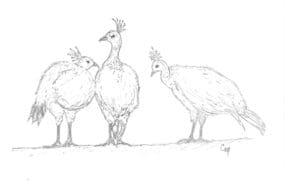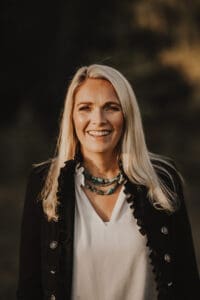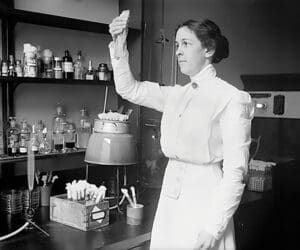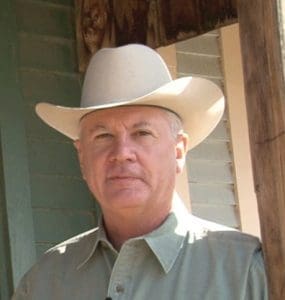By Patti Wilson Contributing Editor
Nearly every business experiences high employee turnover and job training challenges. Cattle producers experience this dilemma in an environment of complications including weather events, machinery breakdowns, health issues, horse problems and tight schedules.
D.L. Step, DVM, is a senior professional services veterinarian for Boehringer Ingelheim Animal Health USA (BI). We visited following the latest Cattle Industry Convention, covering the topic of training employees to detect bovine respiratory disease (BRD).
Step noted many beef cattle operations utilize veterinary services that provide regular employee training. If not, managers may take this task to hand. Every few weeks, contingent on employee turnover, it is recommended to review health protocols for cattle.
Step recommended a plan dubbed DART. Simple and clean, it’s easy to envision the signs printed on a poster, gracing the wall of the working area chuteside, or providing fodder for thought in the employee’s break room:
D – Depression. Drooped head, weak, inattentive, hump backed. It is important to understand breeds, behavior and personality when observing depression.
A – Appetite is off. Not eating or aggressive enough at the bunk.
R – Respiratory signs. Cattle with a mild or slight cough in a dusty lot on a dry day is fairly normal. The key is to recognize the problem individuals. A runny nose in the early morning is fine, but foamy snot is not. Shallow breathing and extended neck can be signs of a problem.
T – Temperature can vary slightly, naturally, but a fever with other signs signal trouble.
He added that, once a calf has been diagnosed, using the appropriate treatment is crucial. “To optimize treatment success, look for a fast-acting, broad-spectrum antibiotic that provides coverage against all the major BRD-causing bacteria.
Step noted that turnover in help is always a problem, but most people want to do a good job. He reminds us to always compliment good work and mention those employees’ positives to the boss. He added that, sometimes, a translator is needed, although frequently someone is on hand to help as needed.
Step’s background growing up on a diversified farm in Illinois helped shape his logical approach. His extensive education, time in private practice, research and consulting prior to joining Boehringer contribute to a well-rounded career.
Producers take pride in their work and want to do the right thing, he concluded. Partnering with a veterinarian to make a tailored herd health program is a great way to ensure the best care for our animals.





